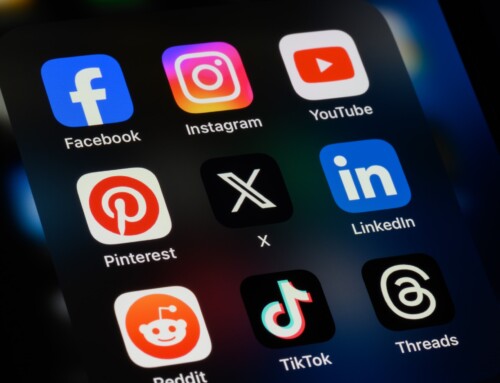In a post-pandemic world, the future of marketing is swiftly shifting, requiring marketers to find ways to appeal to consumers’ tastes consistently.
At the same time, consumer demands and desires may not have changed substantially; how the consumer journey has developed since the epidemic has been a significant impetus for marketers to discover new methods or modify their strategies. In current times of constant change, the following are a few possibilities to seize to remain competitive.
Conversational Commerce
Conversational commerce is becoming a crucial conduit for consumer-brand engagement. With around two billion monthly active users, WhatsApp has pushed text-based marketing to the next level. It is no more solely a platform for instant messaging as it once was; it also successfully reaches a vast pool of potential consumers. The principal messenger applications have collectively evolved into effective individualized platforms for engaging customer interactions. Once a marketer discovers the optimal way to use conversational commerce, it can open up many new opportunities for expanding one’s consumer base.
Niche Marketing
The days of television or print as a brand’s principal marketing channel are long gone. Niche marketing, which targets a specific region or audience segmentation, is about understanding your audience and what makes them tick. Therefore, niche marketing enables firms to preserve their assortment and directly engage consumers, strengthening their relationships. It is also an excellent method for selling a premium product to a well-defined target.
Personalization is of utmost importance to a company’s growth and profitability if it is sustainable and profitable. Therefore, segment-specific personalization enhances the consumer’s experience and engagement with the brand. It enables a marketer to improve not only the brand’s offers but also the consumer’s experience of the brand at every touchpoint, thereby fostering brand loyalty.
Interactive content
Interactive content marketing is an integral component of businesses’ marketing strategies since it creates more conversions and traffic than the passive range. Interactive material, like quizzes and polls, interactive movies and infographics, etc., will help keep consumers interested and help you learn more about your audience, which is vital to the success of your business.
Predictive Analytics, Big Data, and Deep Learning: Predictive analytics helps a company stay ahead of the competition by comprehending consumer wants and market direction. This data-driven marketing enables a marketer to understand the impact of a given campaign and accordingly design and optimize future campaigns. The benefits of nudging the appropriate consumer at the right time during the buying cycle are substantial.
Big Data and Deep Learning have been buzzwords in the playbook of the modern marketer for some time. Big data is massive unstructured or structured data that can help a brand improve its products and offerings by understanding the consumer better. In contrast, deep learning analyzes and interprets the data that enables a brand to draw valuable conclusions about the future based on the past event. These three technologies, when used, may bring a scientific approach to the marketing function and assist the brand’s future-proof in several ways.
Community
Community marketing may appear to be the newest marketing fad on the block. In reality, it has become an integral element of the consumer discovery process and generates a sense of belonging that helps brands strengthen their relationships with consumers. Identifying and interacting with a network of influencers whose beliefs and ethos align with the brand facilitates a smooth customer journey, regardless of whether it takes place online or offline. Community marketing is a worthy investment for marketers that wish to maintain a competitive edge.
Seattle Digital Marketing are experts in Branding, Digital Marketing, Advertising, and running Google and social media ads. Contact us today.



